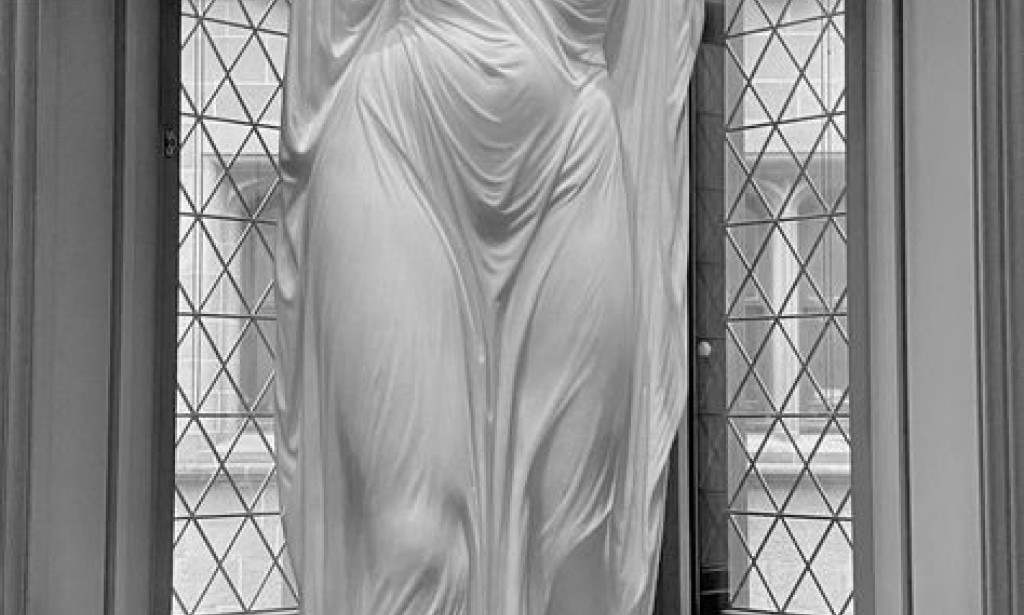Beauty standards have always been a reflection of the times, shaped by culture, media, and societal ideals. From ancient civilizations to the modern era, these standards have evolved dramatically, influencing how people perceive themselves and others. While beauty is often celebrated, rigid standards can also perpetuate harmful stereotypes and unrealistic expectations.
A Glimpse into History
In ancient Egypt, beauty was synonymous with symmetry and cleanliness, with both men and women using kohl to enhance their eyes. The Renaissance era in Europe valued fuller figures, pale skin, and flowing hair, symbolizing wealth and fertility. Fast forward to the 20th century, the roaring '20s ushered in a boyish flapper aesthetic, while the 1950s idolized curvaceous silhouettes like Marilyn Monroe’s.
Today, beauty standards are influenced by global trends, social media, and diverse cultures, making them more dynamic than ever before.
The Role of Media
Traditional media, from glossy magazines to Hollywood films, has played a major role in defining beauty standards. For decades, slim bodies, fair skin, and Eurocentric features dominated these platforms, often excluding diverse representations of beauty.
However, the rise of social media has democratized beauty in many ways. Platforms like Instagram and TikTok have given a voice to individuals from all walks of life, showcasing a broader spectrum of beauty that includes different body types, skin tones, and abilities. Influencers and activists have also used these platforms to challenge conventional norms and promote self-love.
Cultural and Regional Differences
Beauty standards vary widely across cultures. In some African communities, fuller bodies are celebrated as a sign of health and prosperity, while in East Asia, fair skin and petite frames are often idealized. Indigenous communities have their own unique beauty rituals and symbols, such as intricate tattoos or jewelry.
Globalization has brought these standards into conversation with one another, creating a richer, albeit sometimes conflicting, landscape of beauty ideals.
The Dark Side of Beauty Standards
Unrealistic beauty standards can lead to significant mental health issues, including body dysmorphia, low self-esteem, and eating disorders. The pressure to conform can also fuel industries that capitalize on insecurity, such as cosmetic surgery and skin-lightening products.
In recent years, movements like body positivity and skin positivity have gained momentum, advocating for the acceptance of natural appearances and diverse forms of beauty. Yet, challenges persist, especially as social media filters and editing tools continue to perpetuate unattainable ideals.
Redefining Beauty
The future of beauty lies in inclusivity and authenticity. Brands and media are beginning to embrace campaigns featuring models of different sizes, ages, genders, and ethnicities. Representation matters, and when people see themselves reflected in beauty campaigns, it fosters a sense of belonging and self-worth.
A Personal Perspective
Ultimately, beauty is subjective, shaped by individual experiences and perceptions. While societal standards may influence trends, true beauty lies in confidence, kindness, and authenticity. As the world continues to challenge outdated norms, we are reminded that beauty is not a one-size-fits-all concept—it is as unique and diverse as the people who define it.
By embracing this diversity, we can create a society where everyone feels seen, valued, and beautiful in their own way.

You must be logged in to post a comment.